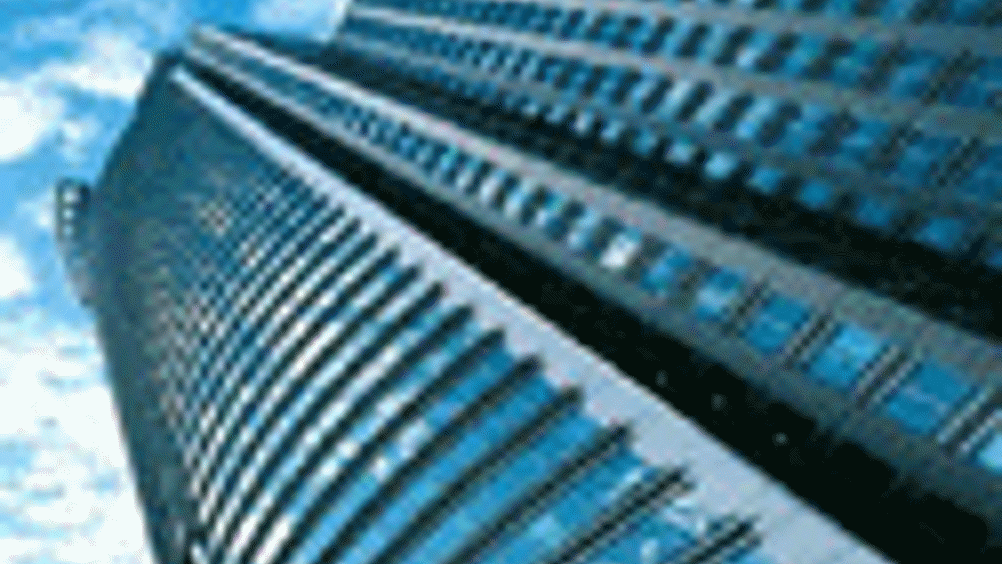Airtight savings
Commercial building owners in the US could save substantially on annual heating and cooling energy costs by improving airtightness of their buildings envelope.

commercial building owners could save substantially on annual heating and cooling energy costs by improving airtightness of their buildings' envelope, according to a recent
(NIST) study.
The research used simulation software to evaluate the energy impact of improved air barriers in three typical non-residential buildings in five cities, each in a different climate zone. The results predicted potential annual heating and cooling energy cost savings as high as 37 percent.
With baseline energy, climate and building data from each city, the researchers simulated conditions of a typical, two-story office building; a one-story retail building; and a four-story apartment building in
Each building was modelled with wood frame and masonry construction. Methods for increasing air tightness included building wraps or coatings for masonry blocks. The study focused on changes in energy expenditures as a result of increased airtightness, not on the methods themselves, so it does not single out a "best" airtightness method.
Register now to continue reading
Thanks for visiting The Engineer. You’ve now reached your monthly limit of news stories. Register for free to unlock unlimited access to all of our news coverage, as well as premium content including opinion, in-depth features and special reports.
Benefits of registering
-
In-depth insights and coverage of key emerging trends
-
Unrestricted access to special reports throughout the year
-
Daily technology news delivered straight to your inbox










Water Sector Talent Exodus Could Cripple The Sector
Maybe if things are essential for the running of a country and we want to pay a fair price we should be running these utilities on a not for profit...